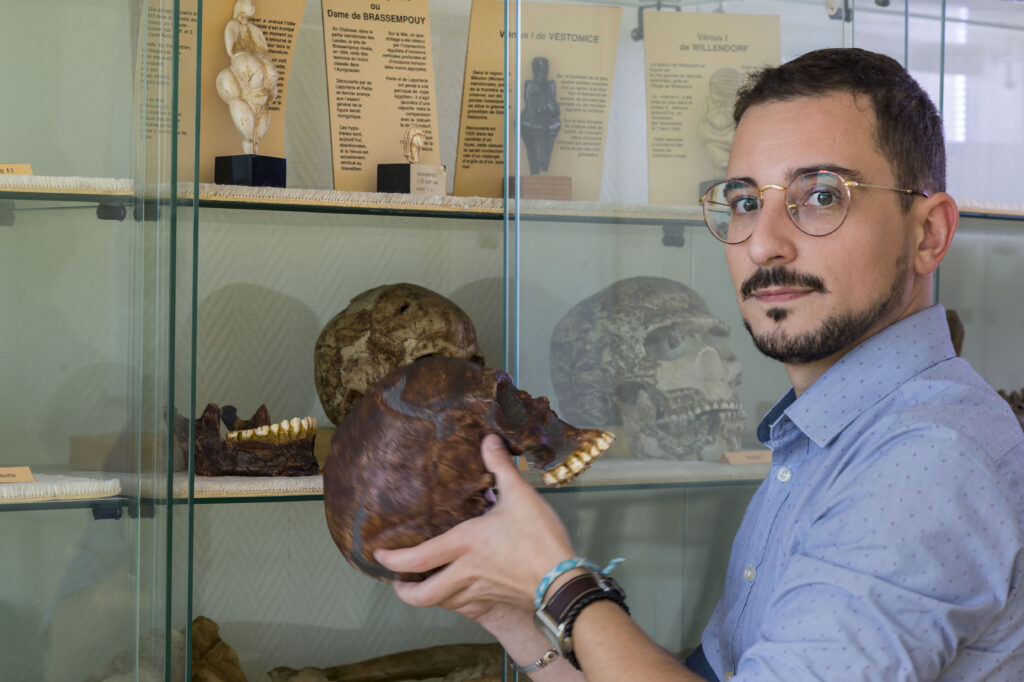A study carried out on the auditory system of a fossil found almost half a century ago in Morocco allowed us to discover one of the oldest cases of deafness in our species. homo sapiens. The results have just been published in the journal International Journal of Paleopathology.
The fossil in question – Dar-es-Soltane II H5 – is about 100 years old. The discovery of the pathology, reports the first author of the scientific article, Dany Coutinho Nogueira, researcher at the Center for Research in Anthropology and Health (CIAS) of the Faculty of Science and Technology of the University of Coimbra (FCTUC), was only possible using micro-CT. scan, which is similar to a hospital CAT scan, but with a better resolution, allowing for a more detailed observation. Micro-CT observation and 3D reconstruction were performed with specific software (TIVMI)».
The CIAS researcher explains that, in paleoanthropology, the temporal bone (where the auditory system is housed) is very important. "A part of that bone, the pars petrosa, is made up of the densest bone in the human body, which sometimes allows for better conservation in ancient fossils. This part contains the organs of hearing (cochlea) and balance (semicircular canals), which are studied in paleoanthropology to distinguish human groups (the morphology of this structure in Homo sapiens is different from that of Neanderthals)'.
By observing the semicircular canals of the Dar-es-Soltane II H5, he continues, to confirm to which human group this fossil belonged, «I noticed that the canals were partially ossified, that is, they had bone in parts where they shouldn't have».
The study revealed that the individual suffered from labyrinthitis ossificans, a pathology that causes ossification of the semicircular canals and the cochlea. This condition “implies balance problems, dizziness, vertigo and hearing loss. This pathology is very disabling for a hunter-gatherer, limiting the ability to hunt and find food».
The individual's limited survival time after the onset of illness calls into question the cause of death and the care they may have received. «Dar-es-Soltane II H5 died a few months after the onset of the pathology, he could not have survived that long without the help of other individuals because he should no longer be able to acquire food and hunt by himself, which indicates that there was a way to accompany the rest of the group, at least for a few months", he describes.
Dany Coutinho Nogueira emphasizes that only two fossils of Homo sapiens hunter-gatherers have this pathology, «the other being from Singa (Spoor et al. 1998), they are the two oldest identified cases of acquired deafness in our species».
Also according to the CIAS researcher, this study provides new information on the health status of populations in the past, «in particular hunter-gatherers, and also shows that recent technologies make it possible to discover new information and detect pathologies about fossils discovered almost 50 years".
The scientific article is available by clicking here.





















Comments